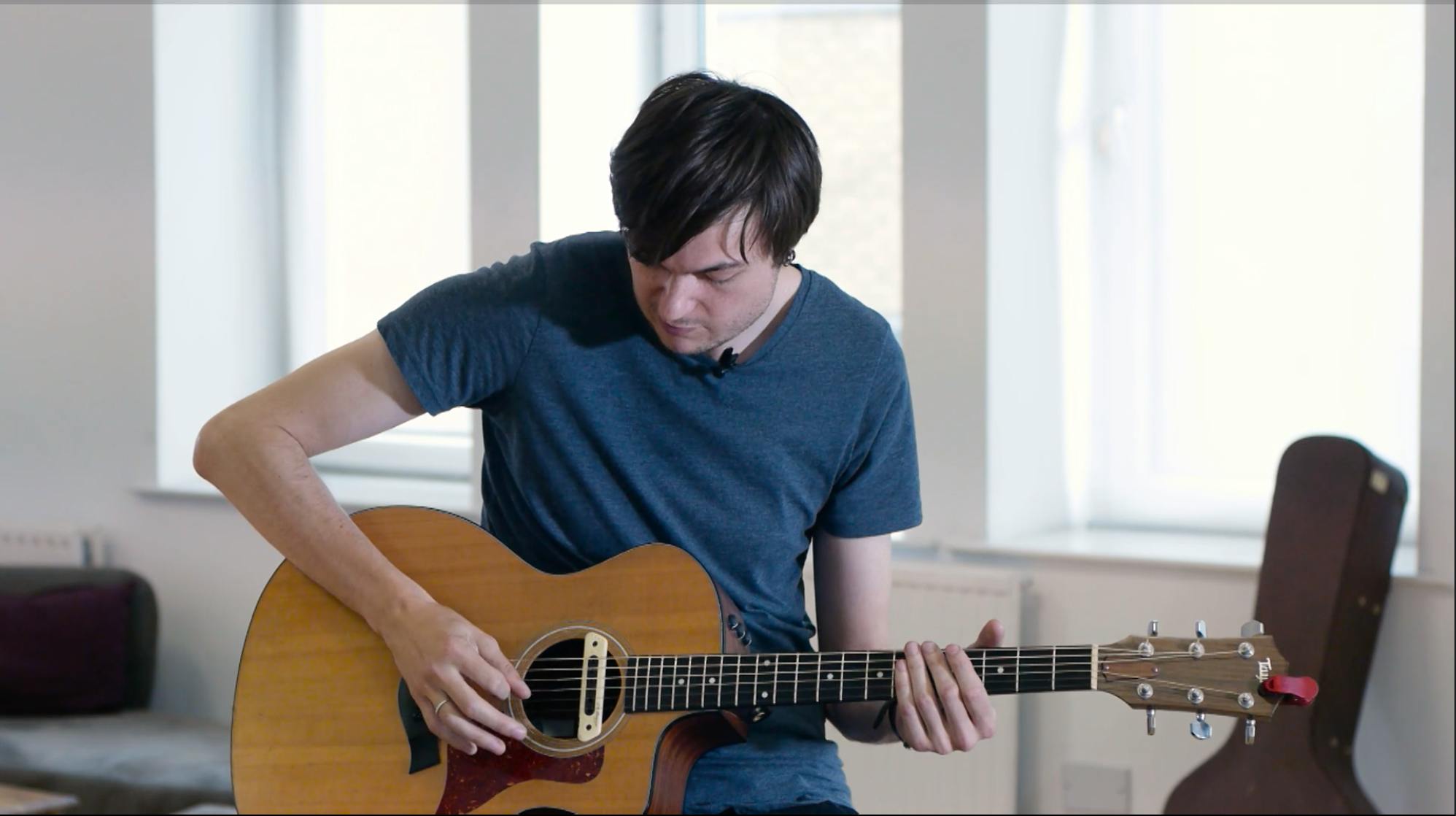The 5 Mistakes New Guitarists Need To Avoid
So you’ve recently purchased your guitar and scouring the net for great tutorials? Here's pro guitarist James Barratt top 5 mistakes to avoid.

So you’ve recently purchased your guitar, or you are in the process of scouring the net for tutorials you can trust. Learning an instrument is like learning how to do anything else, and theres a chance you may pick up one or two bad habits on the journey. However, our Pro Guitarist James Barratt (recorded and performed with members of the Stereophonics, Ronnie Dunn and Scissor Sisters) is here with the top 5 mistakes new learners make and how to correct them.
1. Holding the pick
There are various accepted ways to hold the pick, but often poor first finger positioning hinders picking technique. Try holding the pick between your thumb and first finger, curling your first finger up so that the tip of the pick is showing and not affected by your first finger positioning. If you’ve got it right you first fingers’ fingertip should be pointing back towards your thumb joint. The remaining fingers can either be fanned out (useful if you want to try hybrid picking further down the line) or compact in a fist… try both and see which sticks, either way be RELAXED.
Remember to pick in BOTH directions (down AND up!).
2. Fretting hand
Make sure you are on your fingertips when fretting anything, but particularly with open chords. Positioning within the fret is also important, get as close to the metal fret-wire as possible without being on top of it for the best sound, and the least amount of pressure required.
3. Positioning
The bridge of the guitar is your friend for a more accurate picking hand when playing single note melodies. Resting your picking hand here also gives you quick access to techniques like palm muting. You can come off the bridge for a more relaxed feel when strumming multiple strings for chord progressions etc.
4. Practise regime
A little and often will see much better progression over a single longer session crammed in at the end of the week.
5. Practicing is NOT the same as playing
Try to focus your practise time by really listening to the sounds you are producing. What is it that makes you go wrong during a particular chord progression for example? Try to hone in on a specific movement and create short practise exercises that will really focus on one specific thing, rather than continuously running the progression from the beginning. Often it’s worth separating the hands, for example if I wanted to practise a tricky left hand chord change, I’d make sure my right hand was doing something super simple so I can concentrate solely on the left hand.
If you need to learn the basics (or need a refresher), check out James Barratt's guitar fundamentals course on MusicGurus, with a FREE LESSON… Happy practising!
Latest posts
See all → Paddy Milner stars in upcoming music documentary ‘The Session Man’
Paddy Milner stars in upcoming music documentary ‘The Session Man’
MusicGurus artist and instructor Paddy Milner features in an upcoming film celebrating the incredible career of session pianist Nicky Hopkins.
 Who Was Nicky Hopkins? The Unsung Hero of Rock and Roll
Who Was Nicky Hopkins? The Unsung Hero of Rock and Roll
Learn about piano player Nicky Hopkins who collaborated with The Beatles, The Who, The Rolling Stones and more on MusicGurus.
 Around The World With Sir Tom Jones
Around The World With Sir Tom Jones
A look back at an incredible tour written by Sir Tom's pianist, and our very own blues piano maestro, Paddy Milner

